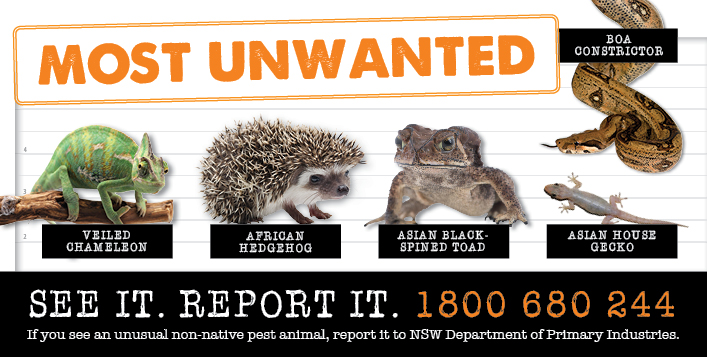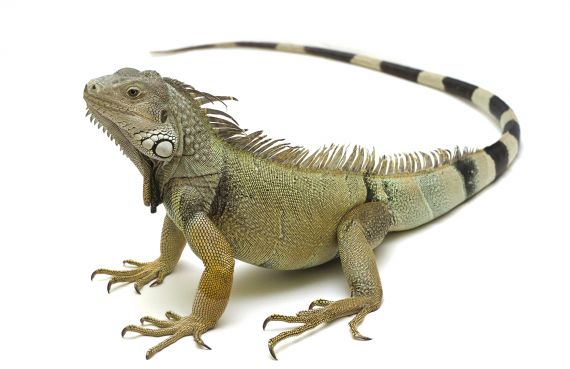
Non-native animals
General information
Non-native animals (also known as exotic or non-indigenous animals), have been introduced to Australia from the time of the arrival of European settlers. The first settlers brought with them commercially important livestock including pigs, cattle, rabbits and horses. However, feral populations of these species started to develop and spread after being deliberately released or escaping from captivity. Over time, additional non-native animals have been introduced to Australia, through legal, illegal and accidental pathways.

Widespread pests such as foxes, feral cats, feral deer, wild rabbits, feral pigs or wild dogs should be reported to Local Land Services
Why these animals are threats
Non-native animals can pose biosecurity risks to the NSW economy, environment and community.
Non-native animals impact negatively on the natural environment and commercial enterprises through predation, competition for food and shelter, destruction of habitat, and by spreading exotic animal diseases.
In addition, some non-native animals can threaten human health and safety through the transmission of diseases or causing vehicle accidents.
How the threat is managed
The management of existing non-native invasive animal populations and preventing the introduction and establishment of new non-native animal species are key concerns for the NSW Department of Primary Industries (NSW DPI).
The Biosecurity Act 2015 (the Act) provides the legislative framework for managing the biosecurity risks of non-native animals. The Act controls and regulates the entry of certain non-native animals into NSW, and the movement and keeping of those animals within the State through registrations and permits. The registrations and permits impose conditions to ensure the risks of keeping non-native animal species are adequately managed, such as security and safety requirements to prevent the escape of animals.




